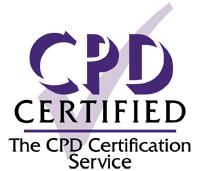Sound tolerance symptoms in young patients can be a challenge, Veronica Kennedy and Claire Benton share their clinical experience in navigating the issues that can arise in diagnosis and management. In any noisy environment, it’s a common sight to see...

